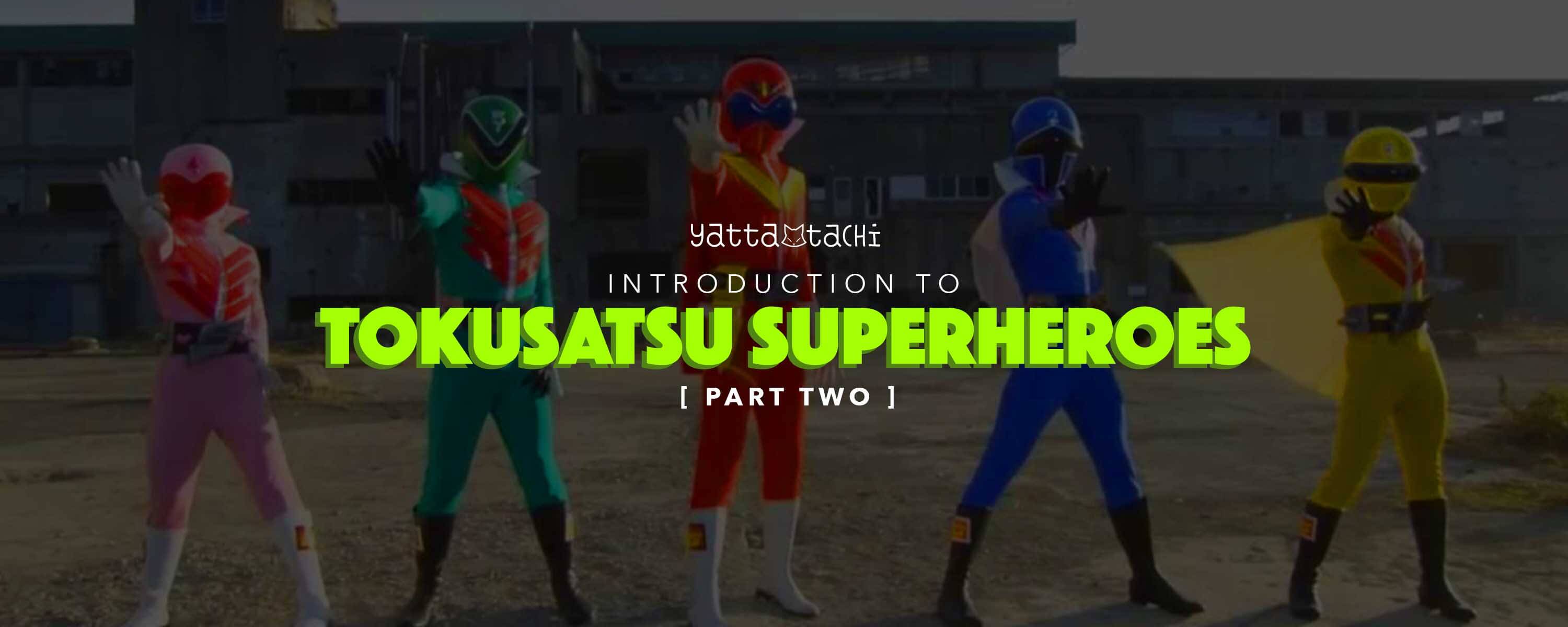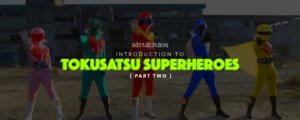A human with a heart of justice is granted a device that turns them into a hero for justice. With their new toy sale gimm- I mean transformation device, they battle against evil aliens and devious organizations for the good of humanity!
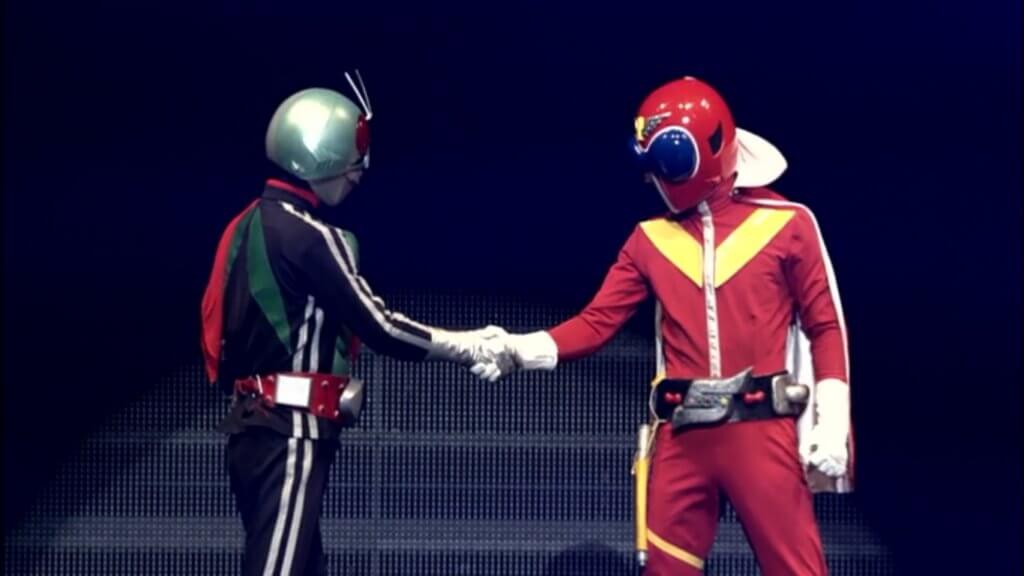
By the end of the year 1966, Eiji Tsuburaiya had created the blueprint for the tokusatsu superhero with his show Ultraman. However, while he and Toho Studios had found a hit, the genre was still not in its final form. That evolution would only occur thanks to the work of Toei Productions, and one Shotaro Ishinomori.
By the time Ultraman had been created, Toei Productions was no stranger to the game of the tokusatsu heroes. After all, they had created Moonlight Mask, the first televised Japanese superhero, in the previous decade. They also were the creators of Giant Robo, one of the immediate successors to Ultraman. However, despite the success of these titles, Toei had not been able to create a hit in the vein of Tsuburaiya’s Ultra Series. Toei needed their own superstar to rival Toho Studio’s Tsuburaiya, and that star would come in the form of Shotaro Ishinomori.
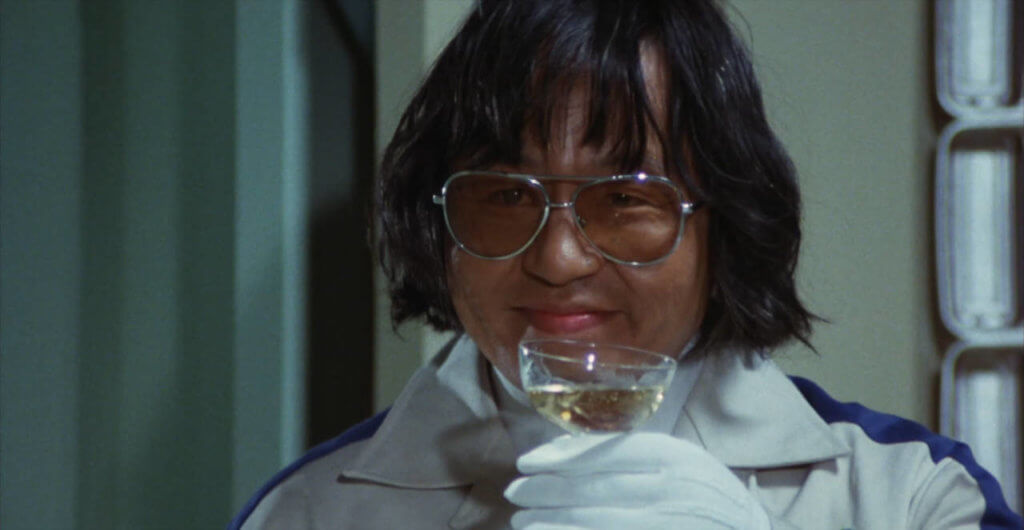
Shotaro Ishinomori, The Father of the Japanese Superhero Team
Shotaro Ishinomori, born Shotaro Ishimori on January 25th, 1938, had actually started out as a manga artist, working alongside “the father of manga,” Osamu Tezuka, until 1961. However, even before he joined Toei, he had been creating his own waves. In 1964, 2 years before Ultraman aired its first episode, Ishinomori wrote Cyborg 009, a manga series that featured the first ever Japanese superhero team. This was only a few years after the creation of the first American superhero team, the Justice League. The concept of a team instead of a single main character was actually not at all common at the time, and though Ishinomori wasn’t working in tokusatsu at that time, he was already making a name for himself in the world of Japanese entertainment. Toei noticed this, and in 1971 he would work with the studio to define the tokusatsu superhero with his landmark work, Kamen Rider.
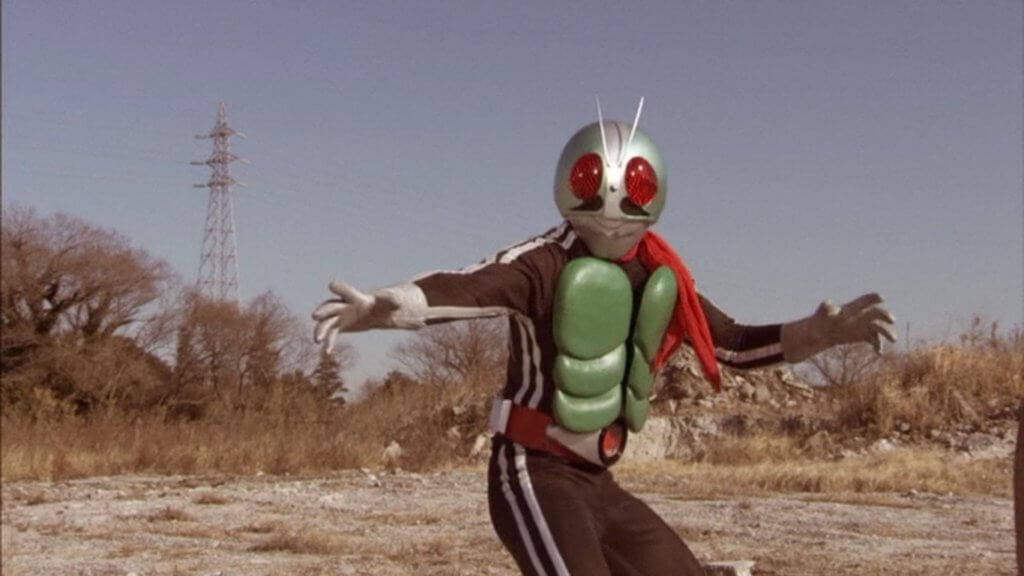
The New Face of Tokusatsu Superheroes
If 1958’s Moonlight Mask had planted the seeds of the toku hero, and 1966’s Ultraman had birthed it, then 1971’s Kamen Rider grew up and gave it a new suit. In Kamen Rider, a normal everyman named Takeshi Hongo is kidnapped by a terrorist organization called Shocker, who have been cybernetically mutating and brainwashing people to become their agents of destruction. However, Takeshi is able to escape their clutches before he is brainwashed. With his new powers accessible through his trusty transformation belt, Typhoon, Takeshi becomes Kamen Rider 1, earth’s hope against Shocker!
Kamen Rider took a lot of what Ultraman had brought and evolved it. For instance, it took Ultraman’s transformation scenes and made them a spectacle, complete with poses and the shouting of the hero’s name. It also really upped the quality of the transformation item. No longer were we in the days of the little glowstick that was the Beta Capsule, as Kamen Rider used the epic practical effects imbued Typhoon. The series was also much darker than Ultraman, with the alien invaders being replaced by a terrorist organization that kidnaps people. Most importantly, Kamen Rider signaled a change in the subgenre, from a focus on the giant monster aspect, to a larger focus on the superhero aspect. This shift in focus would become even more prominent over the next couple of years with succeeding works of Toei and Ishinomori, such as Android Kikaider and Inazuman.
With all of these series, the final evolution was coming into play, and Ishinomori would come to the stage once again to create what is undoubtedly the widest reaching toku series since Godzilla. The combination of his work on Cyborg 009, Kamen Rider, and the influence of shows like Ultraman and Ambassador Magma, would come together together on April 5th, 1975, with the first episode of Himitsu Sentai Gorenger.
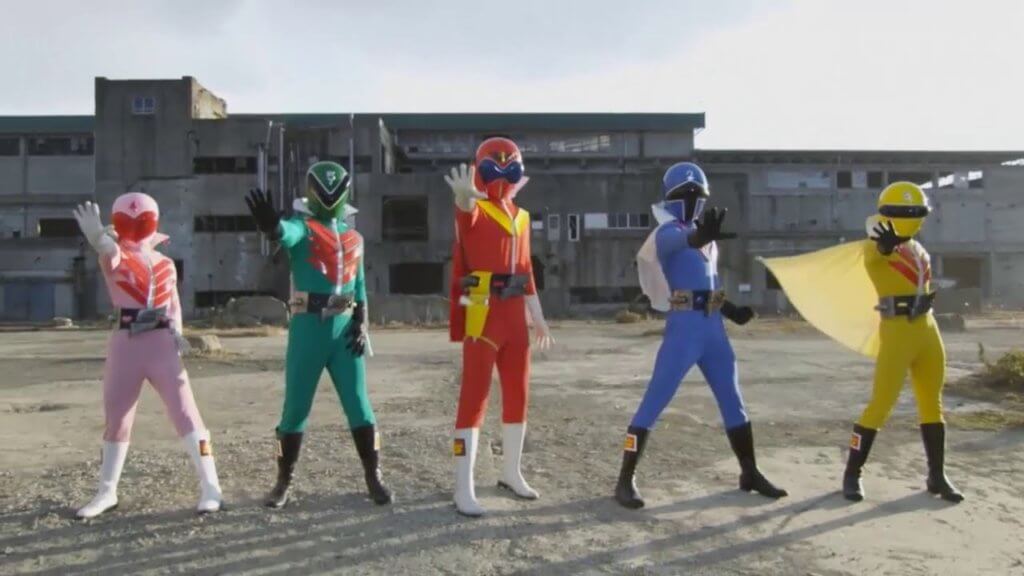
Toku’s First Team
In Gorenger, the world is under the threat of a terrorist group known as the Black Cross Army. The United Nations forms a group known as the Earth Guard League (EAGLE) to stop them. However, the Black Cross Army makes a strike on Japan, destroying all of their EAGLE bases, and killing all but five EAGLE agents. After the attack, these five agents are summoned to a secret EAGLE base under a snack shop by EAGLE Japan commander Gonpachi Edogawa. The commander gives them electronic battle suits, and together, Tsuyoshi Kaijo, Akira Shinmei, Daita Oiwa, Peggy Matsuyama, and Kenji Asuka become Himitsu Sentai Gorenger, and vow to take revenge on the Black Cross Army.
Gorenger is an extremely important show in the whole of tokusatsu superheroes, because it introduced the concept of a team of transforming heroes. Even Kamen Rider and Ultraman would eventually adopt this idea to some extent with the introduction of secondary Riders and supporting Ultramen, but many, MANY series that came after used the team concept over the single hero concept, such as Ninja Captor, Space Sheriff Gavan, Madan Senki Ryukendo, and Sailor Moon, to name a few. In addition to being the creator of this concept, Gorenger and its sequels paved the way for the international success of the toku superhero, specifically in the United States.
While Ultraman and and Kamen Rider both saw American adaptations, it was Gorengers 15th sequel, Kyoryu Sentai Zyuranger, that became a national phenomenon in America with its adaptation, Mighty Morphin Power Rangers. Thus, the toku hero had been established. Over time, more advancements would be added to the formula. 1988’s Kamen Rider Black RX featured the first toku series crossover, with all of the previous Kamen Riders coming back to help him. Toei created a Spider-Man toku hero show in 1978 that introduced the concept of toku heroes having a giant robot in their arsenal. 2009’s Kamen Rider Decade introduced the concept of the “legacy hero” for the anniversaries of long running series. However, the groundwork had been fully set with Gorenger.
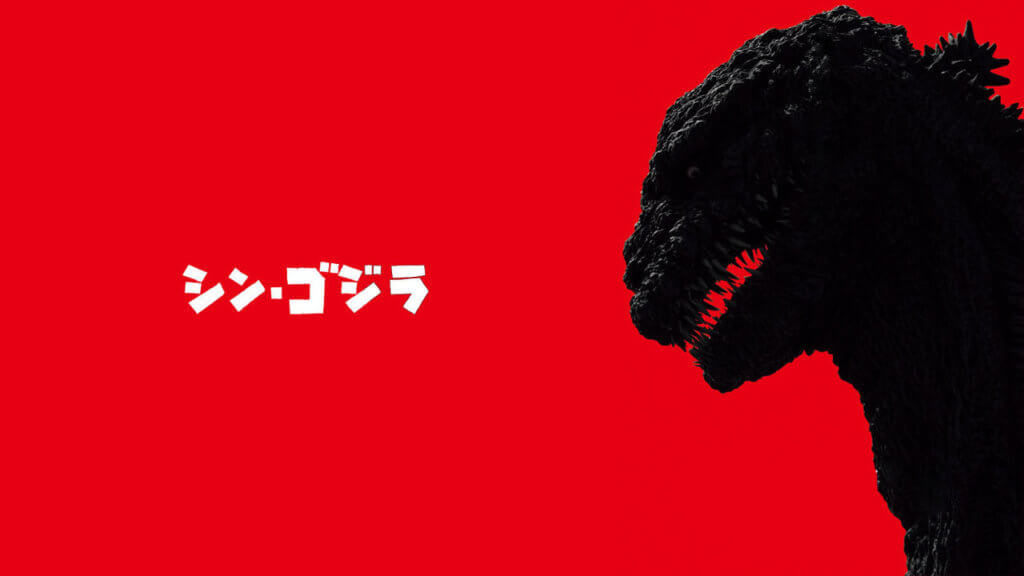
It’s been a little over 63 years since the original Godzilla aired in theaters, and both the franchise and the subgenre it created are still going strong. Last year we had the phenomenal Shin Godzilla film, and in a month, we’ll be getting a new animated flick, Godzilla: Monster Planet. Ultraman currently has Ultraman Geed, Kamen Rider has Kamen Rider Build, and Super Sentai is running Uchuu Sentai Kyuranger, all of which are very highly enjoyed by the community. Power Rangers isn’t doing too bad either with its current season, Power Rangers Ninja Steel, which adapts Super Sentai’s 39th season, Shuriken Sentai Ninninger.
There are some good “off the cuff” toku works going on as well. Back in March of this year, we had the film BRAVE STORM, which featured old time toku heroes Super Robot Red Baron and Silver Kamen. So all in all, while some of the original greats of the genre like Eiji Tsuburaiya and Shotaro Ishinomori have long passed, the tokusatsu superhero genre is still going strong over half a century later.
Of course, these two writings on toku hero history only cover the main details of the subgenre. I didn’t even get to things like how the toku hero genre affected the magical girl genre, or the many “not history changing yet still amazing” shows, or even the toku hero impact on anime. The well runs much, much deeper than just the big three, and I hope these writings get people to go out and explore the wonderful world that is tokusatsu superheroes.
Sources: Anime News Network • Eiji Tsuburaya Wiki • Shin Godzilla Wiki • Wikipedia • Kamen Rider Wiki • Tokusatsu Wikia • Justice League Wiki

Featured Sponsor - JAST
The sweetest romance and the darkest corruption, the biggest titles and the indie darlings; for visual novels and eroge, there's nowhere better.
Big thank you to our supporters
From their continous support, we are able to pay our team for their time and hard work on the site.
We have a Thank-You page dedicated to those who help us continue the work that we’ve been doing.
See our thank you page